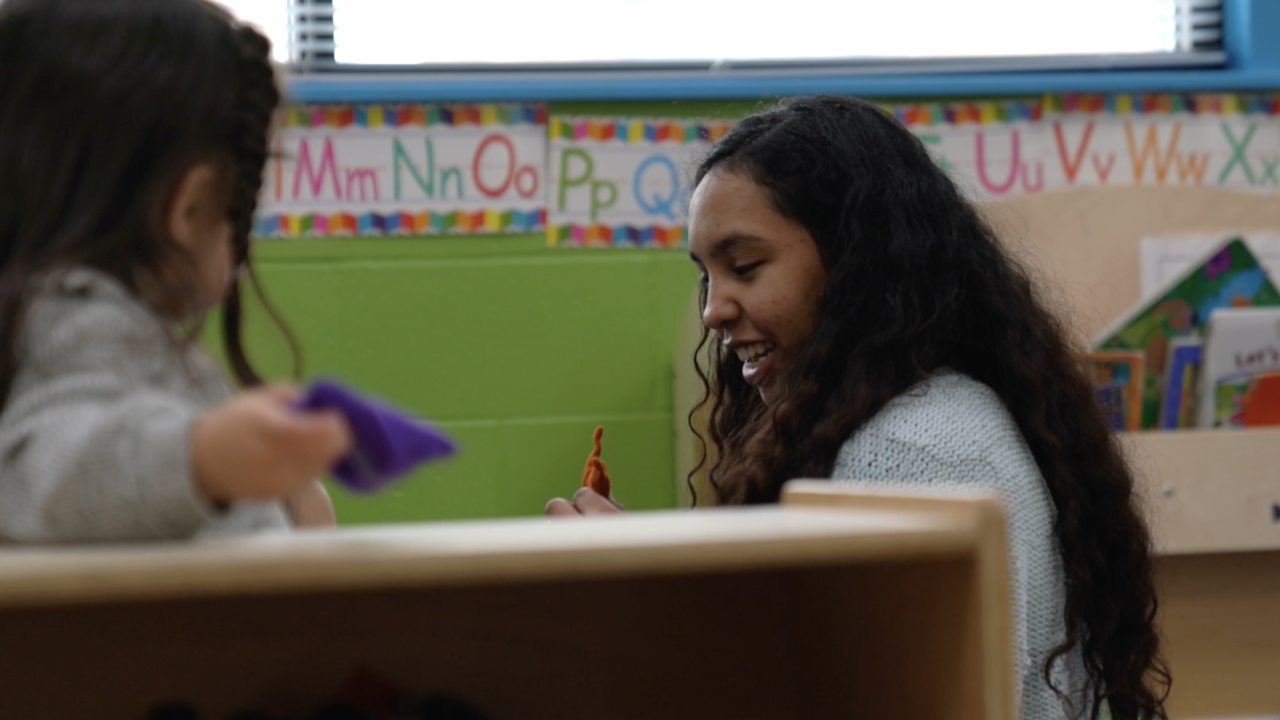The following article was originally published in the Ohio Capital Journal and published on News5Cleveland.com under a content-sharing agreement.
An Ohio child welfare advocacy group says the state’s rainy-day fund, plus billions in unused revenue, could go a long way to expand child programs and services.
The Children’s Defense Fund Ohio released new data profiles showing the status of children in categories such as education, safety, health care, communities and financial issues.
The new data showed that as of fiscal year 2023, children in publicly funded child care rose from the previous year, from 5.1% up to 5.3%, while students considered economically disadvantaged in the state, qualifying for free or reduced-price school meals with an income of 185% of the federal poverty or below, ticked up to 49.6% in the 2022-23 school year, up from 46.6% in 2021-22.
The data came from the annual “Ohio Kids Count” profiles, which the CDF-Ohio uses to measure child well being. The annual analysis shows there are still impacts stemming from the COVID-19 pandemic, and a lack of resources within the state, including in areas covered by state testing.
“The nationwide slide in math and reading proficiency continues to impact Ohio’s students,” a statement from CDF-Ohio on the new data explained. “The percentage of students who are proficient in math and reading recovered slightly in 2022-23 compared to the prior school yaer, but we are still well below levels in 2018-2019, before the COVID-19 pandemic forced schools to close.”
Math proficiency for eighth graders went up from 43% in 2021-22 to 46.4% in 2022-23, but 2018-19 numbers were reported at 57.3%, according to the CDF-Ohio analysis.
Third-grade reading proficiency saw a slight jump from 59.8% in 2021-22 to 62.3% in 2022-23, but saw almost 67% proficiency in pre-pandemic numbers.
Pre-pandemic rates of chronic absenteeism – a student who misses 10% or more of the school year – sat at 17%, but in 2021-22 was at 30%. Though the rate decreased in the last school year, it was still 10% higher than 2018-19 numbers.
The advocacy groups state director, Dr. John Stanford said using the $3.5 billion in the state’s “rainy-day fund” and unused revenue that amounts to more than $7 billion could vastly improve and “expand public programs and services for the benefit of Ohio children and families who need it most.”
“Poverty decreases test scores, poor nutrition impacts student engagement and a lack of access to appropriate health care makes learning more difficult,” Stanford said in a statement.
Advocates want to see the state bolster assistance to children by funding a child tax credit in the state and instituting universal school meals, something that almost made it to the state operating budget last year, but was removed before final approval.
Ohio House Democrats introduced a family tax credit in October seeking to address lapses in pandemic-era benefits for child care costs and other related costs. Families making less than $65,000 per year would qualify for full benefits under the bill, with the levels tapering off as the income rises, capped at an annual income of $85,000.
Ohio thinktank Policy Matters Ohio found the bill could give those households an average tax cut of $1,006 and could include more than 1.4 million children in the state.
House Bill 290 was referred to the House Ways and Means Committee, but has yet to see committee activity since its Oct. 10 referral.
Though Medicaid enrollment and publicly funded childcare saw small jumps year over year, CDF-Ohio advocates also want to see “improved safeguards” for children.
“By doing so, we will put our students in a better position to succeed not only on a proficiency test today by lifelong,” Stanford said.
The analysis of state data also included recommendations that the state “focus on equity” by using data separated by race to “work toward closing gaps,” use public forums as a way to bring about new proposals and communication.
The children’s advocacy group concluded their recommendations by urging “whole child wellbeing” through investment in all categories of a child’s life.
“We can prepare for our lean seasons now by investing in the children that will grow into the leaders that see us through those difficulties,” Stanford stated.


